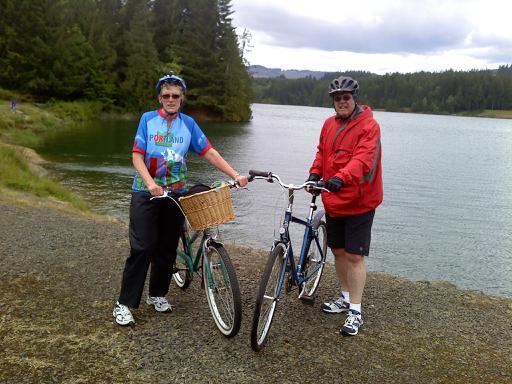Following are three grave photos which were interesting to me. Look at the death dates on the first marker. They are post war death dates. We learned that German prisoner of war camps post dated the wE. Prisoners were used to clear bombs and mines. (This practice is now not allowed by the Geneva War Commission.) Also, POWs stayed in the war camps until the Allies were satisfied that they had been de-Nazified mentally. The story of Heinz Gnibl, one of the POWs staying the longest was interesting. He was a rabid Nazi, and eventually was sent to work on a French farm so that he could learn that French people were kind, hard working and not the enemies he had been taught to see. The day before he was finally to be allowed to leave for Germany he saw that his host was raking and burning farm debris. He volunteered to finish the job for him. As he was tending the burn pile a piece of buried undetected ordnance blew up, killing him but sparing his French family. The second grave marker is from Michael Wittman, a highly decorated German tank commander with the highest number of enemy tanks blown up, 352. He was killed almost at the end of the war.
The third marker was interesting to me because of the soldier's last name, Harms, which is also mine. Perhaps he's a relative.
The cemetery is surrounded by trees. Apparently each tree is sponsored by a German family at a cost of 250 euros. This pays for maintaining sites, tracing bodies which are still being recovered and helping locate some of the 2.3 million German soldiers (of 6 million total) still missing on the Russian front.






No comments:
Post a Comment